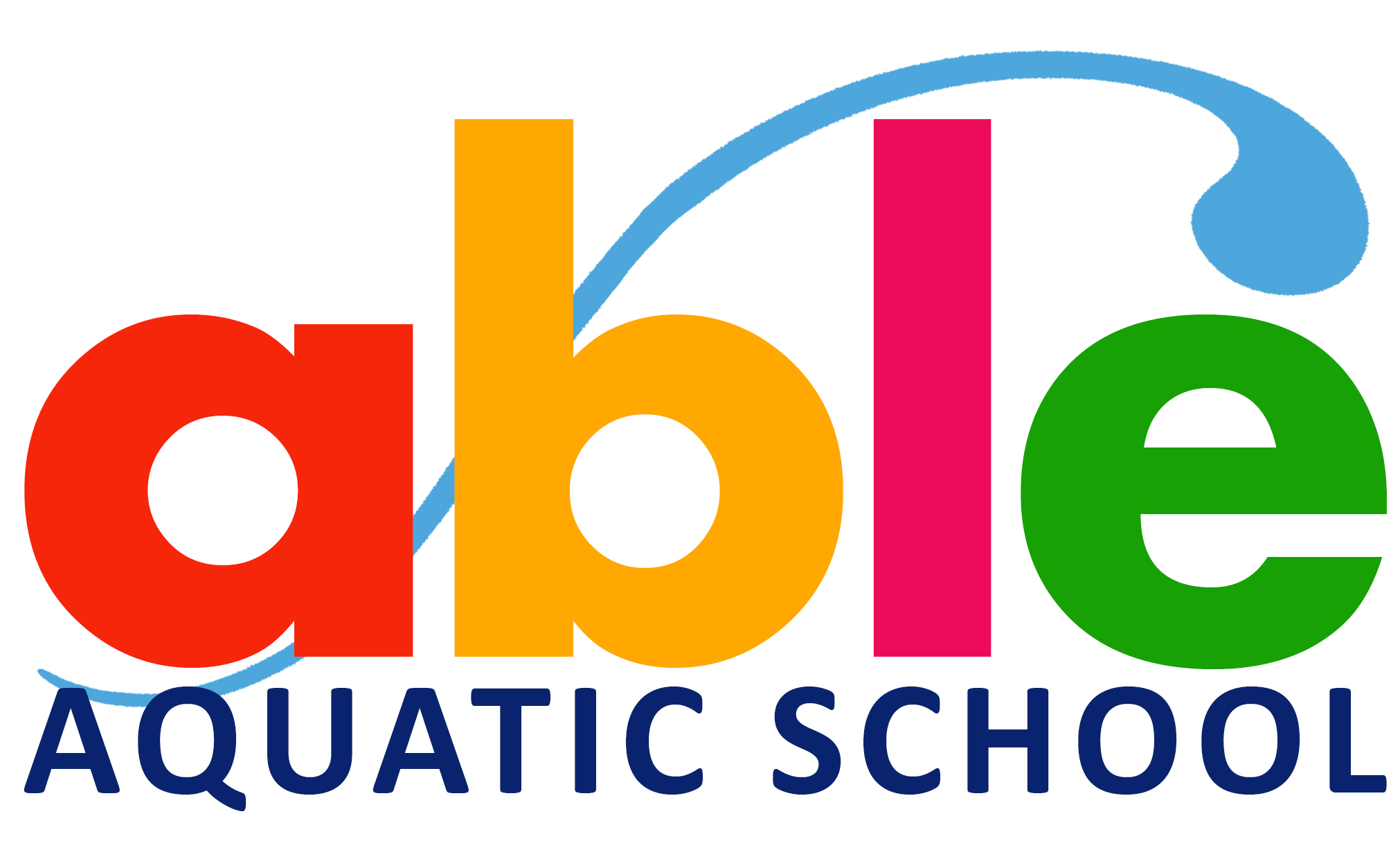Planning to send your baby/infant for swimming lessons? Our instructors are certified either with STA, ASCTA or Austswim, specializing in teaching babies and infants. They have spent days and time some even flew out of the country to learn the right technique to handle, teach and impart this valuable skills to the babies and the parents. The babies and infants swimming program that these associations provide are widely recognised all over the world and is deem safe and fun.
Swimming classes were also held in public pools like ours, having chlorine in the pool as chlorine kills bacteria just like how it does in our drinking water. The level of chlorine in these pools are safe and will never harm one self. The ph level are test everyday and they also need to send water samples to the various governing body to have it check. As babies and infants tends to poop and often their faeces are watery like substance, it tends to diffuse into the water resulting in germs and bacteria growing overtime. Mineral pools contain copper and other heavy metal pool ionizers which are slow acting. It requires several hours to pass before the heavy metals may have any effect on bacteria and other pathogens.
Below is an article that you can find out more about the different type of pools and their uses:
Pool water must be sanitized to help control the germs introduced by swimmers. Researchers report that on average each swimmer introduces 0.14 grams of fecal matter to the pool; for children the amount is likely higher. (That little statistic should encourage swimmers to shower before swimming.)
Recreational water illnesses that can be contracted by exposure to even low levels of fecal matter in the water include diarrhea, swimmer’s ear and various skin infections. Swimming in a pool of water without sanitizer is comparable to immersing oneself into a large communal bath tub with the neighbors. Need more be said about the need to treat pool water by sanitizing it?
Pool Sanitizers
Destroying waterborne germs that can make swimmers sick is the goal of swimming pool sanitation. Sanitation can be carried out by adding chemicals or by subjecting pool water to ultra-violet (UV) light. Common sanitizing chemicals include the traditional chlorine-based sanitizers, chlorine generated from salt in saltwater pools, bromine-based sanitizers, copper and silver ions, and ozone gas. The following table provides information on these options.
Common Swimming Pool Sanitizers
| Pool Sanitizer | Common Name | EPA Registered? | Form | Sanitizing Agent | Provides Residual Protection? | Sensitive to UV Radiation in Sunlight?1 |
| Stabilized Chlorine2 | Trichlor and Dichlor | Yes | Solid | Chlorine | Yes | No |
| Unstabilized Chlorine | Cal-hypo, Bleach, Chlorine | Yes | Solid (Cal-hypo); Liquid (Bleach); Gas (Chlorine) | Chlorine | Yes | Yes |
| Halohydantoins and Sodium Bromide | Yes | Solid | Bromine | Yes | Yes | |
| Salt Water Pool | Salt pools | No | Chlorine generated by applying electricity to salt water | Chlorine | Yes | Yes |
| Ozone | Ozone | Yes | Gas | Ozone | Very short lived. | Yes |
| Copper and Silver Ions | Copper, Silver | No | Ions from electrolytic erosion of metal | Copper- Silver ions | Yes, but slow acting. | No |
| UV | UV | Yes | Radiation | UV Light | No | No |
All of the sanitizers in the table destroy germs, but only chlorine- and bromine-based sanitizers have staying power, meaning the provision of a reliable fast acting residual that results in continuous, efficient germ control lasting past the time of application. This is of utmost importance because the swimmers themselves introduce an unpredictable load of germs and impurities into the water. When pools are properly maintained—and this includes not only chemical but physical treatment such as filtration—chlorine- and bromine-based sanitizers provide a residual level of protection against the incursion of unwanted substances that can reduce pool water quality and make people sick. That is why many “alternative” pool sanitizers—including ozone, metal ions (minerals) and UV—still require a secondary level of protection, most often provided by chlorine-based sanitizers.
In conclusion, in order to maintain swimming pools as healthful recreational environments, they cannot go completely “chemical treatment free.” To claim otherwise is simply inaccurate.
Fred Reiff, P.E., is a retired official from both the U.S. Public Health Service and the Pan American Health Organization, and lives in the Reno, Nevada area.
1Sanitizers that are sensitive to UV radiation in sunlight lose their effectiveness more rapidly than those that are stabilized.
2Stabilized chlorine is chlorine chemically bonded to cyanuric acid; stabilized chlorine helps preserve chlorine from the destructive effects of UV radiation in sunlight.
– See more at: http://www.waterandhealth.org/swimming-pools-chemical-free/#sthash.UyfjqNAI.dpuf
Have fun, splash safe.
